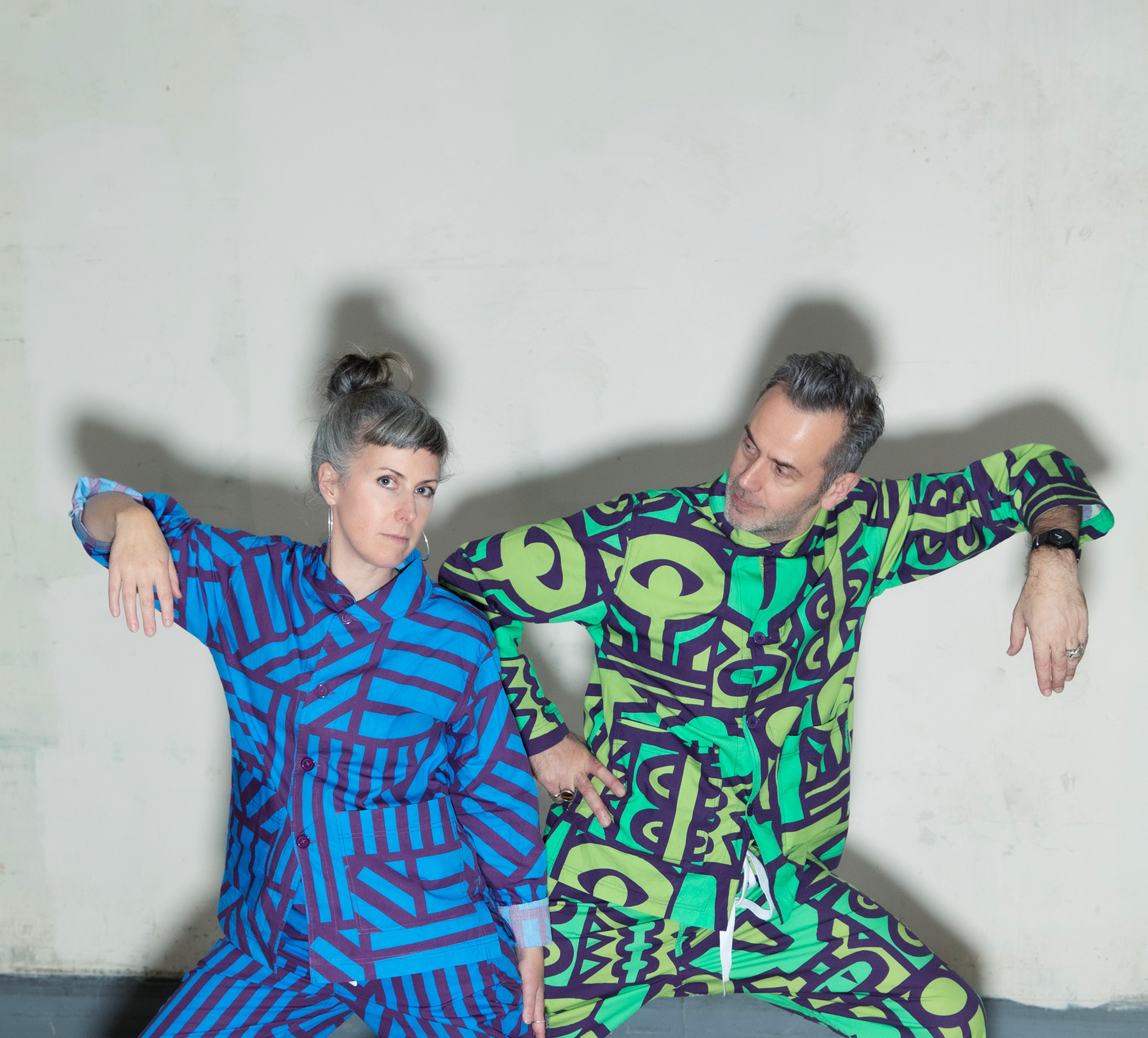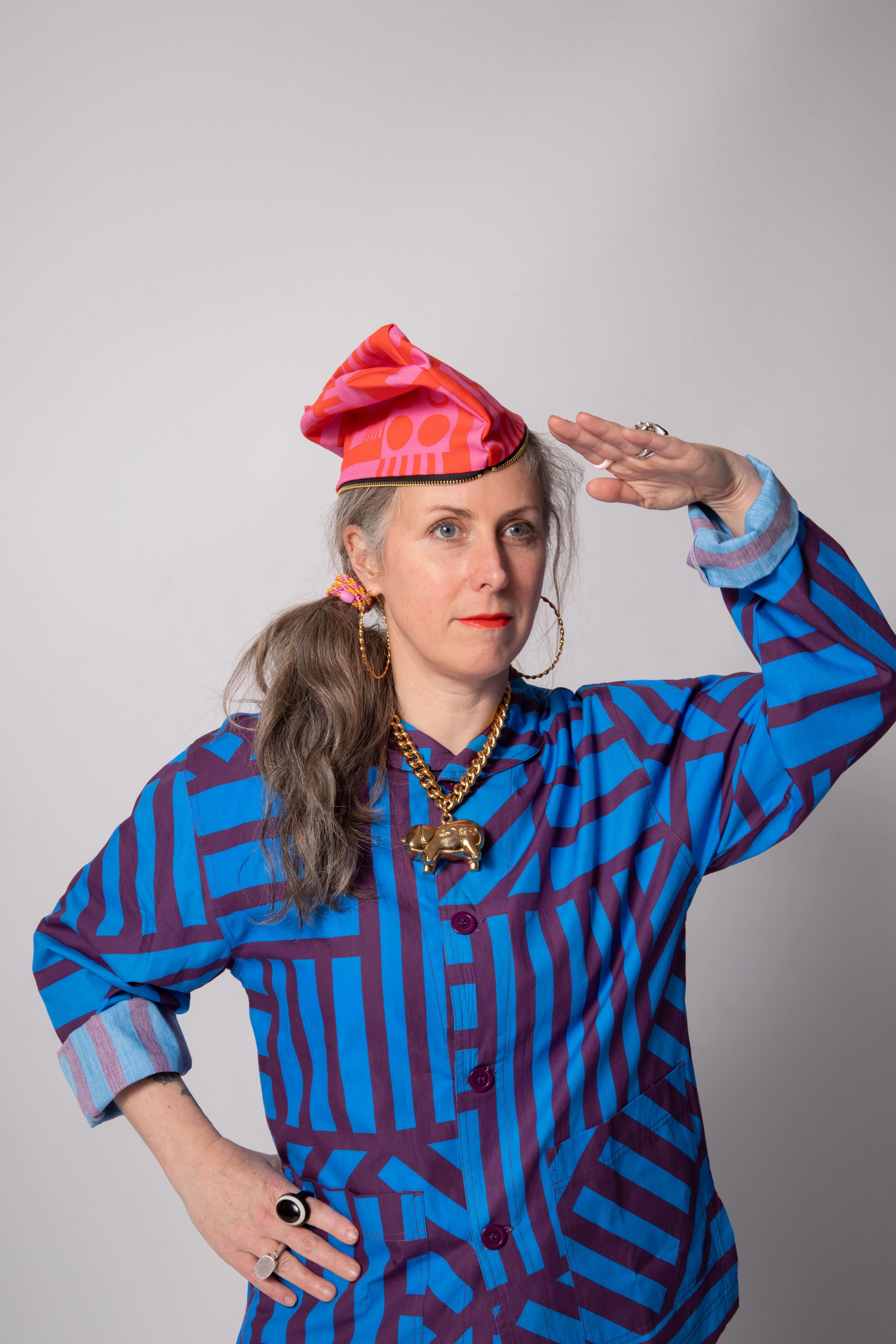It’s easy to underestimate how many things we learn just by doing them badly. Especially the ones that feel avoidable—managing money, building systems, running inventory. The idea that we should already know how creates a kind of paralysis. We avoid looking directly at it, even when it’s costing us. At some point, though, the gaps become unignorable. For Jolene, that point came quietly, through late nights packing orders and delayed restocks. Irregular Sleep Pattern—the ethical, design-led sleepwear and homeware brand she runs with her husband—has been growing steadily since they launched. Now, with one full-time hire and growing monthly revenue, she’s no longer pretending the numbers will sort themselves out. “It’s a mindset thing,” she says. “I know what to do, but I’ve had my head in the sand.” Entirely self-funded, the company was launched with their own savings. They’ve avoided debt, but haven’t paid themselves since starting—and as demand rises, the need for structure is no longer optional.
“We’ve built something people love—but I need to run it like a real business”
Irregular Sleep Pattern was never designed to scale quickly. Jolene and her husband—both creatives with backgrounds in TV and product design—started the business after noticing a gap in the market for tailored, genderless sleepwear. The first years were spent refining brand values and building out a visual identity. They began with pyjamas and bedding, gradually expanding into homewares. Everything is produced with certified materials in ethical factories. Over time, the brand found its audience—especially those looking for design-led, slow fashion alternatives. Growth came organically at first, with followers and orders spreading mostly by word of mouth. But strong ad performance has shifted things quickly. “My ads were working so well that I ended up with an inventory crisis,” Jolene says. “I had to kill those ads and shift to other products.” With lead times and fulfillment still managed in-house, the backend hasn’t caught up. She tracks metrics closely and knows her profitability by product—but planning still happens manually, and time for strategic thinking is scarce. “I still pack every order. It’s hard to step back and be the CEO.”
.png)

%20(1).jpg)

%20(1).jpg)
.jpg)
.jpg)
%20(1).jpg)


.png)